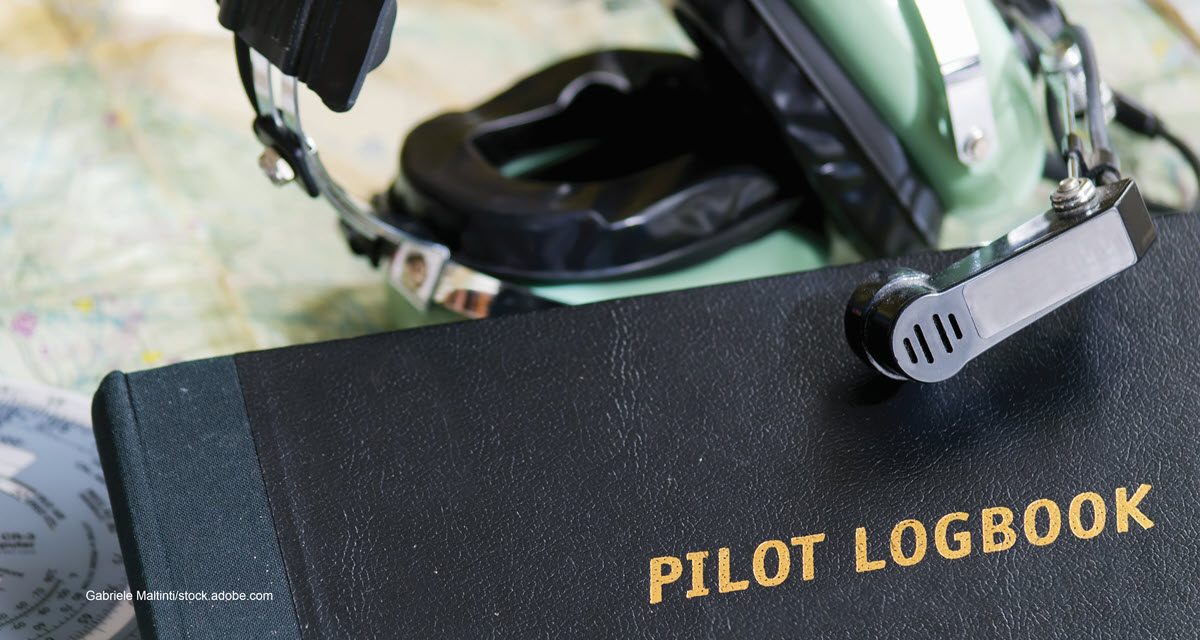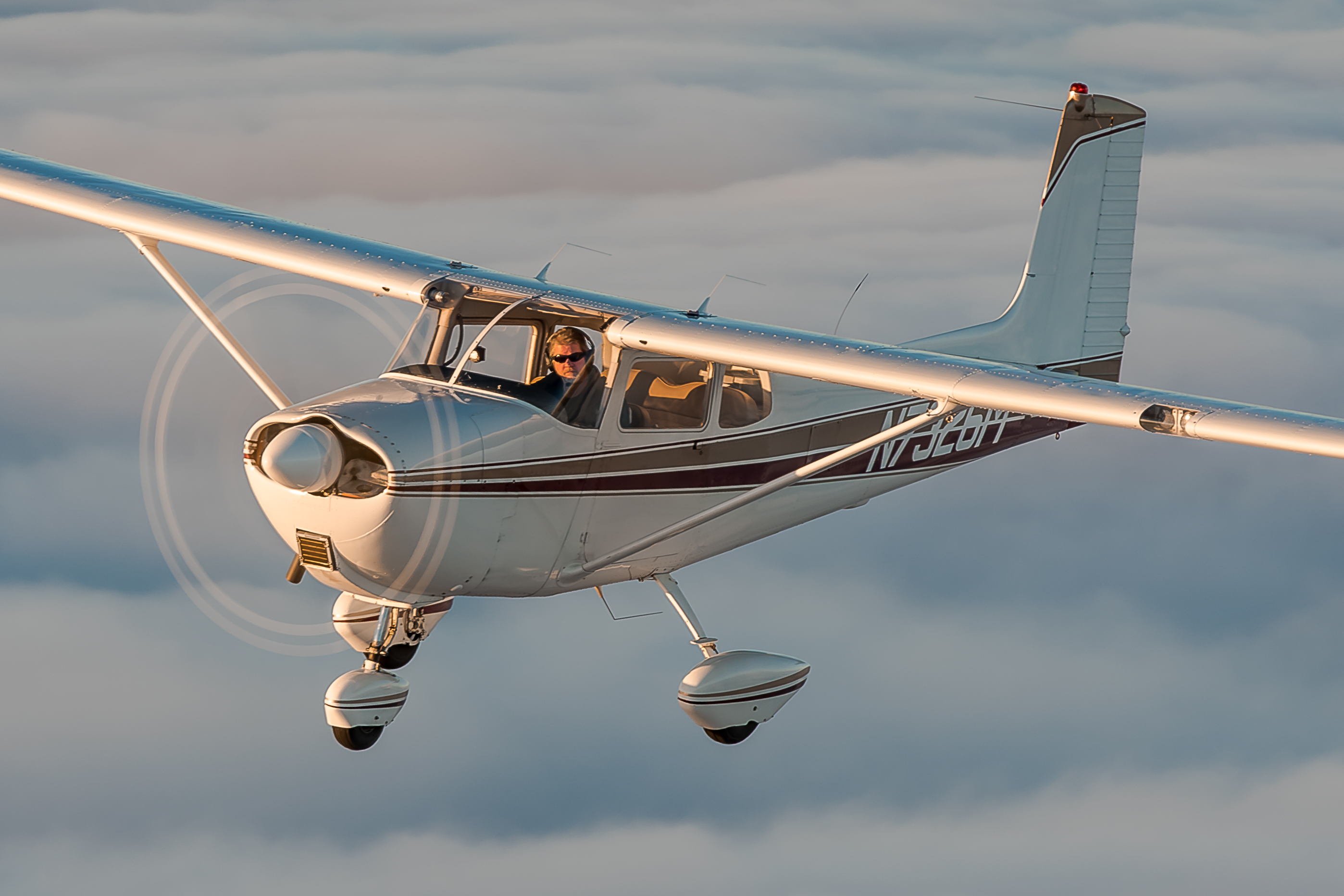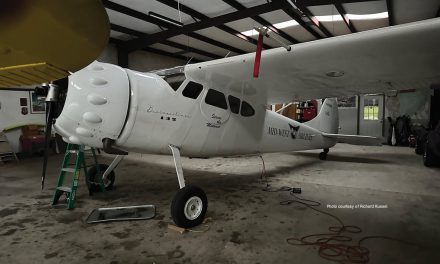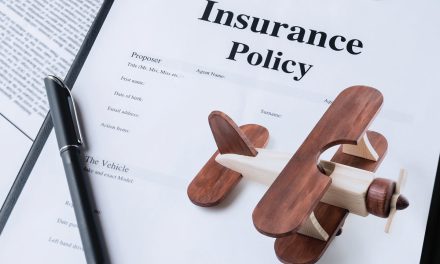I was talking to a client the other day about the training requirements for a new airplane being purchased. The requirement was five hours of dual (with a CFI that met the open pilot warranty) and five hours of solo (before carrying passengers). Pretty typical requirements. The insured’s question was, “Does the insurance company want to see the hours?” I answered not unless you have a claim. That is the key. When you have a claim, you need a record that you met the training requirements if you want the coverage to be good.
This got me thinking about how the aviation world is based on hours; 100-hour inspection, time between overhauls (TBO), pilot certificates and ratings, dual requirements, solo requirements, etc. The FAA requires logbooks and hours.
Here’s what the FAA says about “Pilot Logbooks” in Part 61.51:
“(a) Training time and aeronautical experience. Each person must document and record the following time in a manner acceptable to the Administrator.”
should record is pretty long for a reprint here, but you get the message. In short, a logbook can be almost anything, as long as you can provide a suitable record to the FAA.
Please remember, it’s not only the FAA that requires record keeping (logbooks) but also the insurance companies.
How else can you substantiate that you are who you say you are, and you can fly what you say you can fly?
Surprisingly, in my experience one of the things many pilots have trouble with is keeping track of their hours. You would think that a pilot whose whole lifestyle depends on hours would be more concerned about keeping good records? Read on for a few thoughts to consider.
Yes, I have talked about logbooks before. But, since the issue keeps coming up in my insurance business, I thought we might go over a few things again.
I do think that aircraft owners and most pilots are very efficient in logging flights, recording maintenance, and keeping records that are vital to the history of the aircraft. But when it comes to personal logbooks, record keeping seems to be an afterthought. Please don’t take offense, but I think that pilots need to rethink their attitudes about hours and logbooks.
Back in the “old days” when I started flying, I was logging every tenth of an hour I could get. As I got older, I did start to loosen up on my record keeping. But still, I try to log the hours when I get them. I will admit there have been a few times that I didn’t log in the hours the same day and I think there are a few flights that I never added into the logbook. Not intentionally, I just got busy and forgot to make the entries.
Once I started in the aviation insurance business, I realized how important hours are. The insurance rates are based on experience. I realize that if you are a 20,000-hour pilot that you probably have enough total hours for the underwriters. But that doesn’t mean you have enough of the Cessna 177RG or the Piper Turbo Arrow hours.
Having lots of total hours doesn’t mean you have enough of the “right” hours.
Going backwards? What if you say you have 5,000 this year, and next year at renewal you only have 4,000? Don’t laugh, it happens all the time. Pilots turn in renewal forms with lower hours than they had the year before. How does that happen? Headwinds? It’s probably because the pilot makes a “guesstimate” on the forms and at some future time is totaling up the hours in the logbook. That’s when you find out you overestimated the hours you spent flying. It is easier to do than you think.
One thing that always gets pilots is when they change aircraft and move up to a faster airplane. Say you have been flying a Cessna 172 for a number of years. You fly to certain airports and regularly fly the same routes. But because you wanted a bigger faster plane you moved up to say a Cessna 210 or Piper Matrix. You still fly the same route and go to the same places, but now your flights are faster. At the end of the year your total time might be off. If you estimate your insurance renewal paperwork based on what you always do and then finally get your logbooks out and add up the hours…oops. (On a side note, if you want to log the most hours you can, buy a slow aircraft. Faster planes take less time.)
So, it is not that big of a deal, right?
Well, it kind of is. The first thing the claims adjustor asks for when they work on a claim is copies of your and the aircraft’s logbooks. Things like dual requirements, last flight review, training issues, annual inspections, etc. Those numbers are compared to the application and pilot form you turned in for the insurance. If they aren’t the same, that might not be a good thing. Let’s say you have estimated you have 50 tailwheel hours on your application and pilot form but in reality, you have 75. It should be a discrepancy in your favor. But if you only have 25 in your logbook, you are not being truthful with the underwriters, and they based the rates on the incorrect information you provided. In some cases, that could be considered fraud because often the more hours you have results in lower premiums. So, they think you overestimated to get better rates.
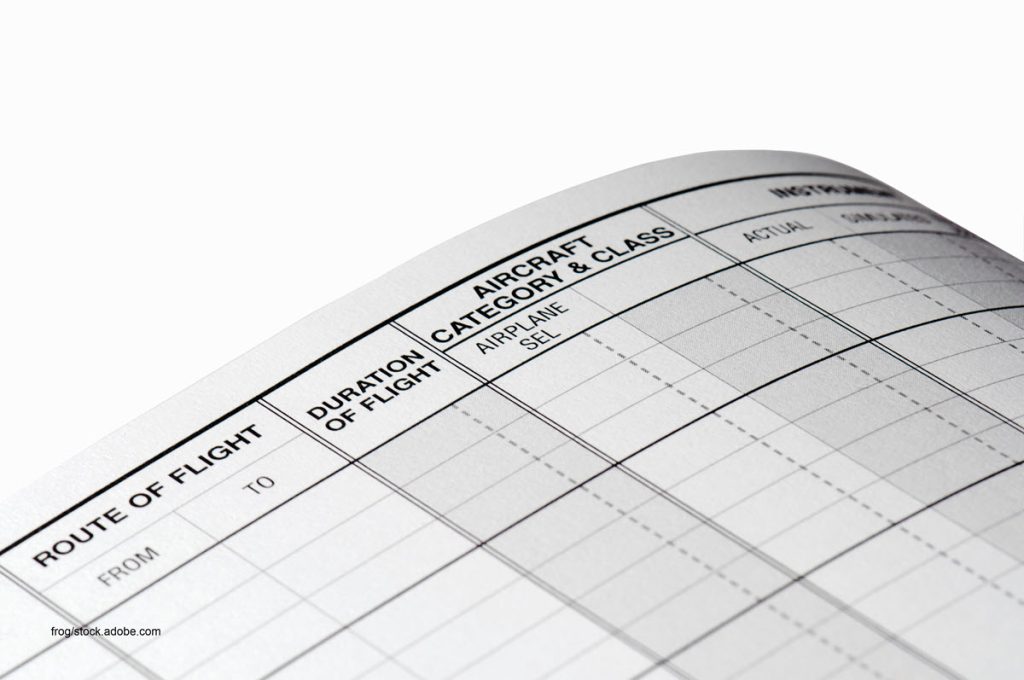
Have a website login already? Log in and start reading now.
Never created a website login before? Find your Customer Number (it’s on your mailing label) and register here.
JOIN HERE
Still have questions? Contact us here.

